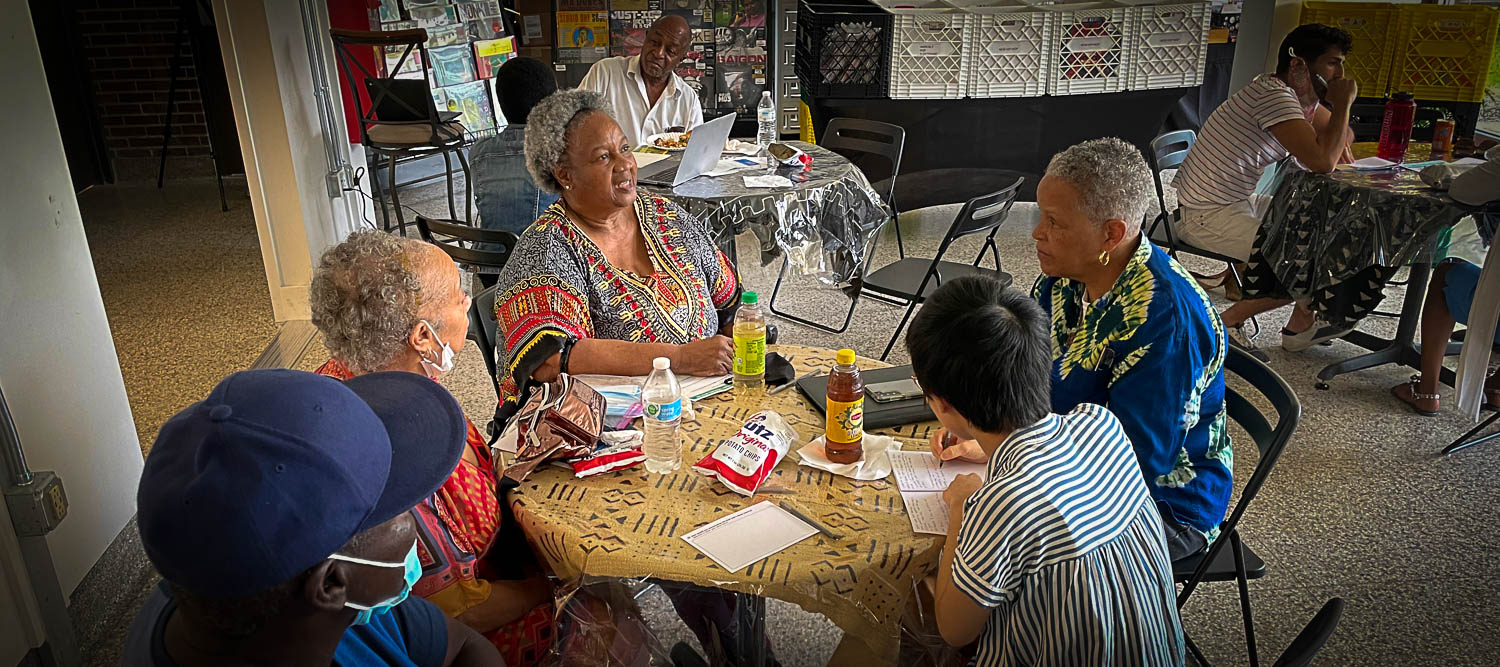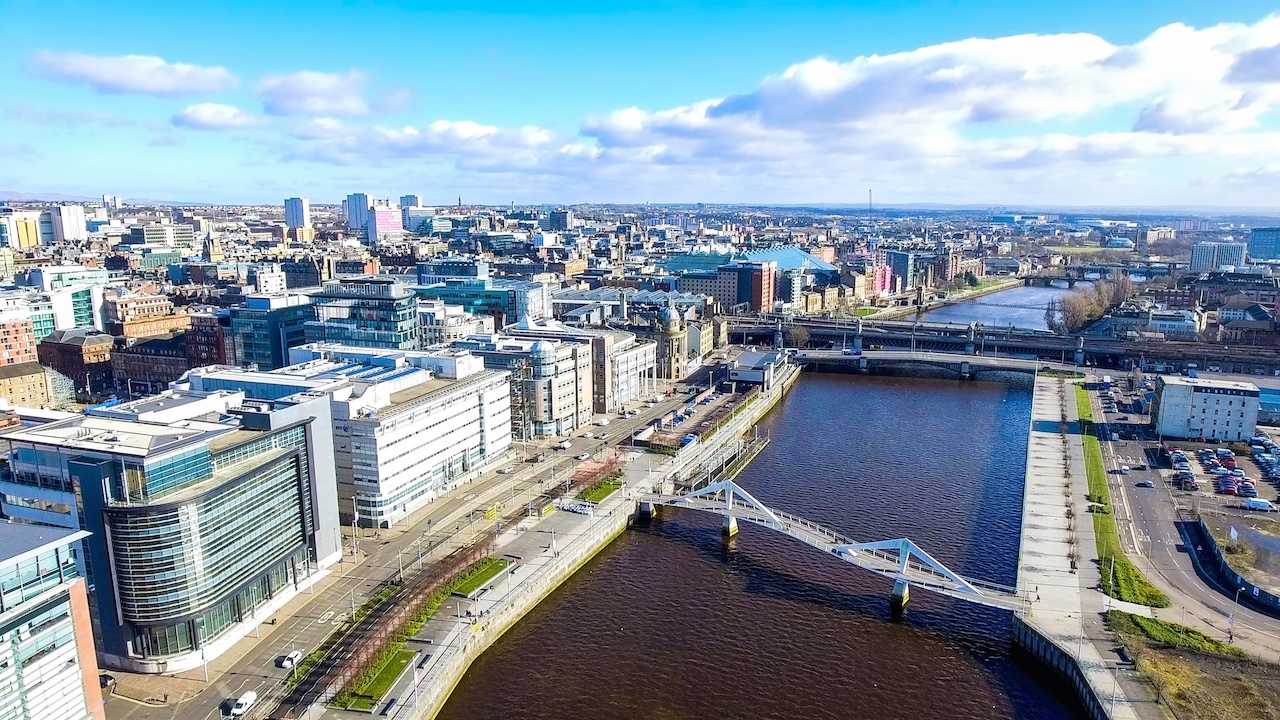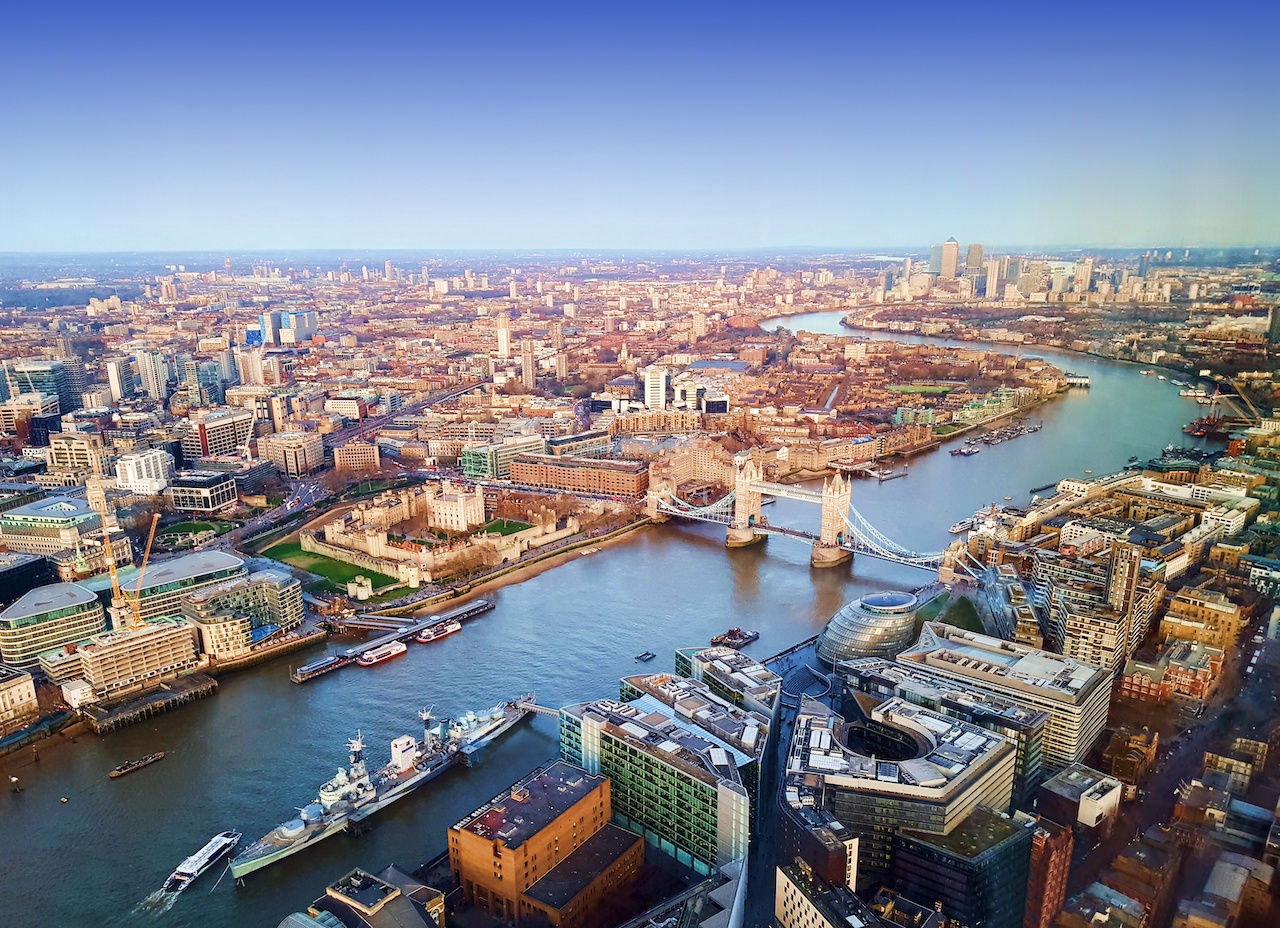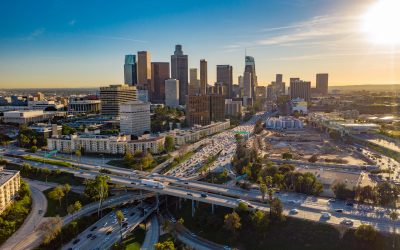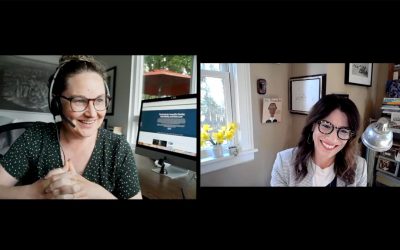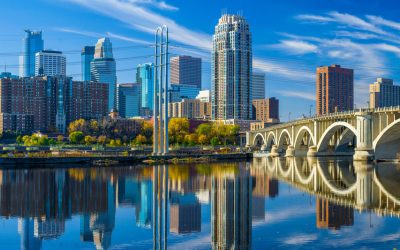Meeting of the Minds
What began as a 2-day summit in Oakland, CA in 2007, has grown into an internationally recognized non-profit organization with world-class events, year-round leadership programming, and an unparalleled digital platform.
Our mission is to bring together urban sustainability and technology leaders across sectors to share knowledge, best practices and catalyze lasting alliances and partnerships. We foster person-to-person and city-to-city learning by curating emerging trends and spotlighting projects and practitioners working on the future of sustainable, resilient, and equitable cities and regions.
We believe that the best solutions and partner ecosystems result from collaboration and engagement across sectors and disciplines. We convene leaders from international bodies, local government, state and federal government, corporates, startups, non-profits, academics and philanthropy.
Meeting of the Minds thanks and acknowledges the support of our current and past sponsors, including:
Foundations
Annie E. Casey Foundation
Barr Foundation
Burton D. Morgan Foundation
Ford Foundation
Lincoln Institute of Land Policy
Living Cities
New Economy Initiative
Paul G. Allen Philanthropies
Robert Wood Johnson Foundation
Rockefeller Foundation
The California Endowment
The California Wellness Foundation
The Cleveland Foundation
The JPB Foundation
The Kresge Foundation
The Volvo Research and Education Foundations
Healthcare
Kaiser Permanente
Sutter Health
Telecom
AT&T
Comcast
Qualcomm
Verizon
Global Technology Leaders
Cisco
Dassault Systémes
IBM
Itron
Microsoft
Oracle
Philips Lighting/Signify
Schneider Electric
Siemens
Transportation Leaders
Bombardier
Cubic
Daimler/Car2Go
Ford
JUMP Bikes/UBER
Lacuna
Keolis
Lyft
Streetlight Data
Toyota
Zipcar
Financial Institutions
JPMorgan Chase
PNC Bank
Wells Fargo
IT & IoT
Atonix Digital
Cleverciti Systems
Iteris
Logicalis
Roadbotics
RelayR Corp
Planning, Design, Architecture, Real Estate, Engineering, Construction
Black & Veatch
CBRE
CH2M Hill
Colliers
DKS Associates
Jones Lang LaSalle
Oxford Properties Group
Ramboll
Skidmore Owings & Merrill
WSP
Consulting Firms
Cognizant
ENGIE Impact
Deloitte
EY
PwC
Government
Ann Arbor SPARK
City of Berkeley, CA
Cuyahoga County
Federal Reserve Bank of San Francisco
JobsOhio
Metrolinx
State of Michigan
Resources: Water and Energy
AEP Ohio
DTE Energy
Festival Hydro
FirstEnergy
Marin Clean Energy
Natural Resources Defense Council
Sacramento Municipal Utility District
Shell
Xylem Water
Innovators
Cleveland Neighborhood Progress
JumpStart
Natural Resources Defense Fund
Rock Ventures
The New School
University of California
UrbanFootprint
Recent Webinars
Recent Articles
Digital Twins, Geospatial AI Help Bridge the Physical World and Digital World
Digital twins and AI analysis would offer significant benefits to organizations across all sectors. By providing a comprehensive look at a geographical area and its infrastructure and assets, these technologies will enable smarter and more targeted field planning optimization. It could help digitize field surveys, offer new levels of remote engineering access, and enable contact tracing around COVID-19.
The focus will continue to shift away from the data itself and towards its relationships. The connections between data are where the most powerful insights lie. With enough data points, organizations can look to analytics to better understand the context and “see” the future.
AI at scale and emerging data technologies truly illustrate this connectivity and potential. Although it’s an emerging field, the benefits are limitless.
Taking a Look into Our Adaptation Blind Spots
In my business, we’d rather not be right. What gets a climate change expert out of bed in the morning is the desire to provide decision-makers with the best available science, and at the end of the day we go to bed hoping things won’t actually get as bad as our science tells us. That’s true whether you’re a physical or a social scientist.
Well, I’m one of the latter and Meeting of the Minds thought it would be valuable to republish an article I penned in January 2020. In that ancient past, only the most studious of news observers had heard of a virus in Wuhan, China, that was causing a lethal disease. Two months later we were in lockdown, all over the world, and while things have improved a lot in the US since November 2020, in many cities and nations around the world this is not the case. India is living through a COVID nightmare of untold proportions as we speak, and many nations have gone through wave after wave of this pandemic. The end is not in sight. It is not over. Not by a longshot.
And while the pandemic is raging, sea level continues to rise, heatwaves are killing people in one hemisphere or the other, droughts have devastated farmers, floods sent people fleeing to disaster shelters that are not the save havens we once thought them to be, wildfires consumed forests and all too many homes, and emissions dipped temporarily only to shoot up again as we try to go “back to normal.”
So, I’ll say another one of those things I wish I’ll be wrong about, but probably won’t: there is no “back to normal.” Not with climate change in an interdependent world.
Bleutech Park: Vegas’ New Eco Entertainment Park
I caught up with Steph Stoppenhagen from Black & Veatch the other day about their work on critical infrastructure in Las Vegas. In particular, we talked about the new Bleutech Park project which touts itself as an eco-entertainment park. They are deploying new technologies and materials to integrate water, energy, mobility, housing, and climate-smart solutions as they anticipate full-time residents and park visitors. Hear more from Steph about this new $7.5B high-tech biome in the desert.
Urban Simulation Tech Models Effects of Shared Mobility in Reducing Congestion
Planning for new, shared modes of transit that will rival private vehicles in access and convenience requires a paradigm shift in the planning process. Rather than using traditional methods, we need to capture individual behavior while interacting with the systems in questions. An increasing number of studies show that combining agent-based simulation with activity-based travel demand modeling is a good approach. This approach creates a digital twin of the population of the city, with similar characteristics as their real-world counterparts. These synthetic individuals have activities to perform through the course of the day, and need to make mobility decisions to travel between activity locations. The entire transportation infrastructure of the city is replicated on a virtual platform that simulates real life scenarios. If individual behavior and the governing laws of the digital reality are accurately reproduced, large-scale mobility demand emerges from the bottom-up, reflecting the real-world incidences.
No Equity, No Resilience: Minneapolis is All of Us
This article was originally published on September 8, 2020.
Update for April 20, 2021:
After the murder of George Floyd we wrote this article as a kind of blueprint, a beginning to a new way of working with equitable resilience in our cities and beyond. Now, as the trial of Derek Chauvin comes to a guilty verdict in Minneapolis and the whole country reflects on the legacy of that verdict, we have to remember another senseless murder – another young Black man, Daunte Wright, at the hands of law enforcement, just miles from the courthouse. Again, Minneapolis is all of us. We have protested, we have voted. We stood up, we spoke out, we have raged about the anti-Black racism. We have seen people come together, we can feel a shift in this country. But there is so much more to do. No equity, no resilience.
-Ron & Stewart
How Affordable Green Housing Enhances Cities
Housing that is affordable to low-income residents is often substandard and suffering from deferred maintenance, exposing residents to poor air quality and high energy bills. This situation can exacerbate asthma and other respiratory health issues, and siphon scarce dollars from higher value items like more nutritious food, health care, or education. Providing safe, decent, affordable, and healthy housing is one way to address historic inequities in community investment. Engaging with affordable housing and other types of community benefit projects is an important first step toward fully integrating equity into the green building process. In creating a framework for going deeper on equity, our new book, the Blueprint for Affordable Housing (Island Press 2020), starts with the Convention on Human Rights and the fundamental right to housing.




